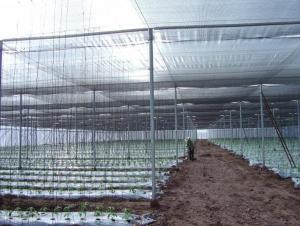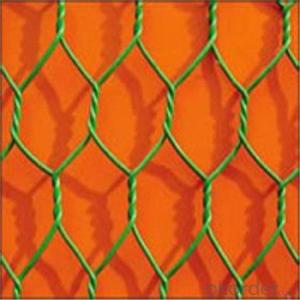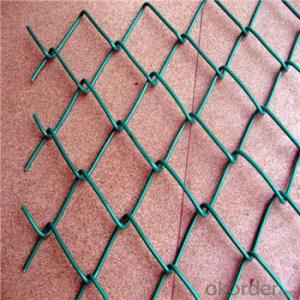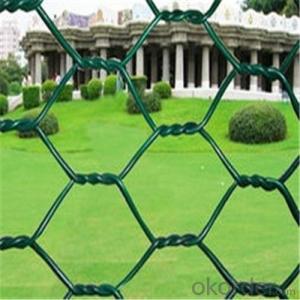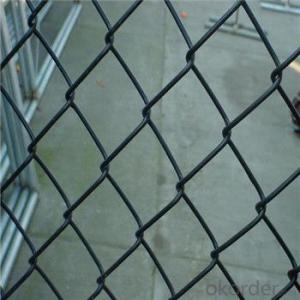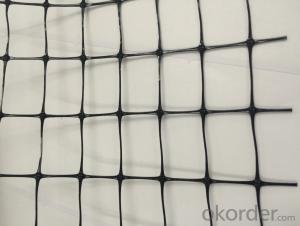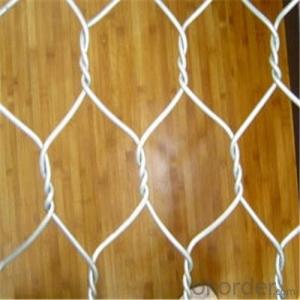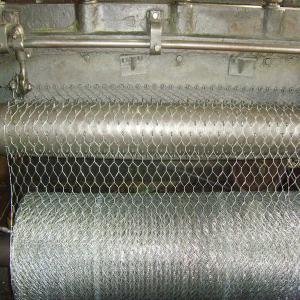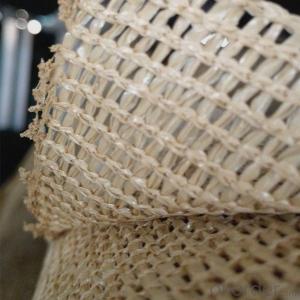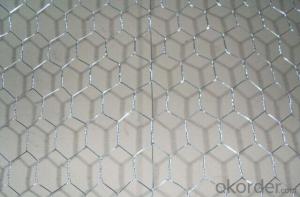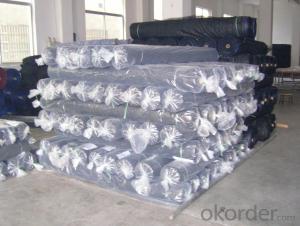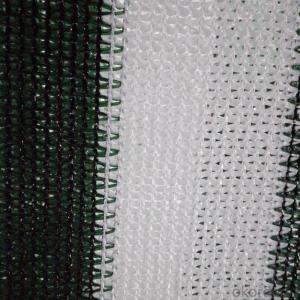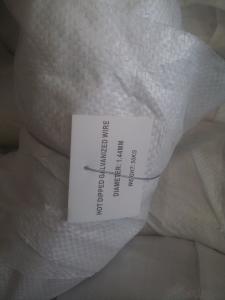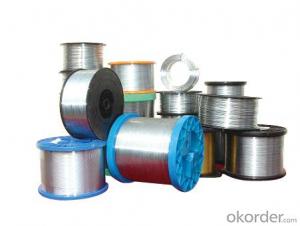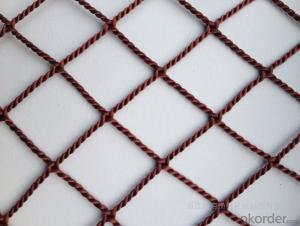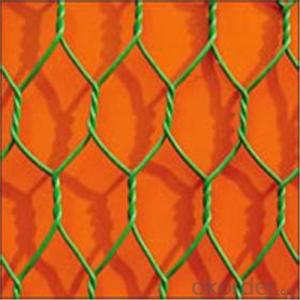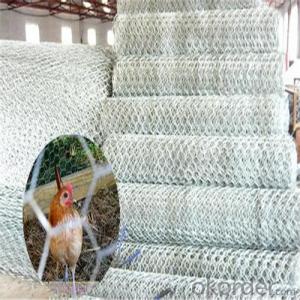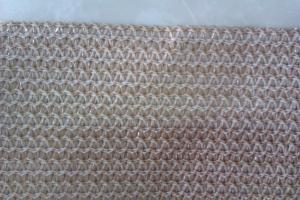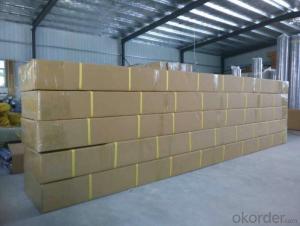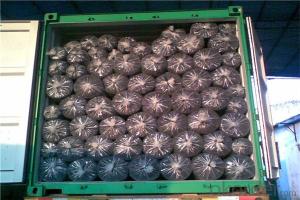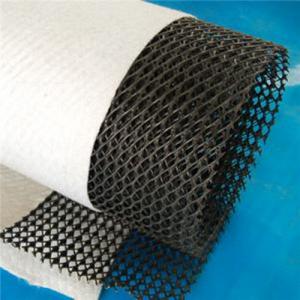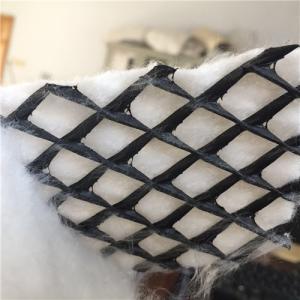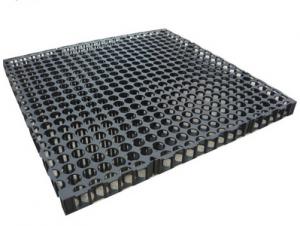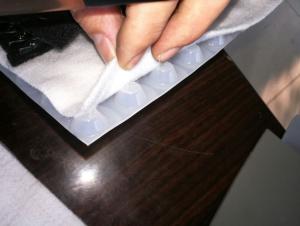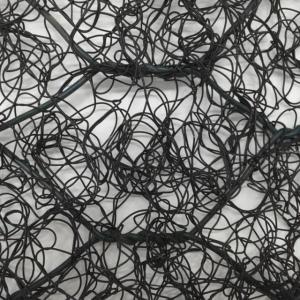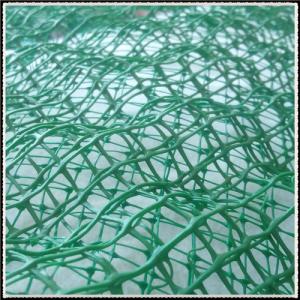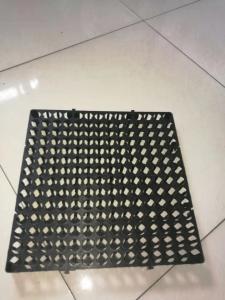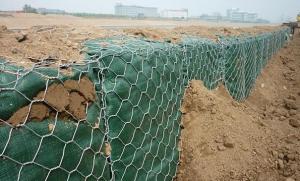Vexar Netting
Vexar Netting Related Searches
Chicken Wire Stainless Steel Aluminium Modelling Mesh Plastic Garden Netting Uk Plastic Safety Netting Rigid Plastic Netting Plastic Deer Netting Raschel Mesh Poly Tube Netting Barrier Fence Netting Protective NettingHot Searches
Sun Chairs For Sale Garden Slabs Sale Garden Bench Sale Wire Netting Prices Garden Supply Company Catalog Local Garden Supply Stores Shade Netting Manufacturers South Africa Agricultural Netting Suppliers Used Electrical Wire For Sale Watch The Wire Online Season 4 Watch The Wire Free Online Watch The Wire Remastered Online Used Hotel Furniture Online Wire Netting Prices Wire App Store Shade Netting Manufacturers South Africa Agricultural Netting Suppliers Aluminium Wire Mesh Manufacturers India Wire Netting Prices Lighting Supplier SingaporeVexar Netting Supplier & Manufacturer from China
Okorder.com is a professional Vexar Netting supplier & manufacturer, offers integrated one-stop services including real-time quoting and online cargo tracking. We are funded by CNBM Group, a Fortune 500 enterprise and the largest Vexar Netting firm in China.Hot Products
FAQ
- What is the civil engineering project?
- You have to learn the main courses are: mechanics, civil engineering, water conservancy projects. Engineering Mechanics, Fluid Mechanics, Rock Mechanics, Foundation and Foundation, Engineering Geology, Engineering Hydrology, Engineering Drawing, Computer Applications, Building Materials, Concrete Structures, Steel Structures, Engineering Structures, Water Supply and Drainage Engineering, Construction Technology and Management.
- Geotextile tubes are used in shoreline stabilization by being placed along the shoreline and filled with sand or sediment. These tubes act as a barrier, helping to prevent erosion and protect the shoreline from the impact of waves and currents. They provide stability and support to the shoreline, allowing for natural vegetation to grow and thrive, ultimately helping to maintain a healthy and resilient coastal environment.
- There are several types of geosynthetic tubes commonly used in earthwork, including geotextile tubes, geocomposite tubes, and geogrid tubes. Geotextile tubes are made of woven or non-woven fabric and are primarily used for erosion control and sediment dewatering. Geocomposite tubes combine a geotextile fabric with a geonet or geogrid, providing additional strength and filtration capabilities. Geogrid tubes, on the other hand, are composed of high-strength geogrids and are mainly used for soil stabilization and reinforcement. These different types of geosynthetic tubes offer various benefits and applications in the field of earthwork.
- Yes, earthwork products can be used in rain garden construction. These products, such as soil, gravel, and mulch, can be used to create the necessary grading, drainage, and filtration systems required for a rain garden to function effectively.
- The installation guidelines for earthwork products may vary depending on the specific product being used. However, some general guidelines include preparing the site by clearing it of any vegetation or debris, ensuring proper drainage, and compacting the soil. It is important to follow manufacturer instructions for the specific product, which may include steps such as excavating the area to the required depth, installing geotextiles or geogrids for reinforcement, and properly backfilling and compacting the material. Additionally, it is crucial to consider factors like climate, soil conditions, and load requirements when determining the installation guidelines for earthwork products.
- Yes, earthwork products can be used for constructing outdoor sculptures. These products, such as clay, soil, sand, or rocks, can be shaped, molded, and arranged to create unique and artistic sculptures that blend seamlessly with the natural environment. Earthwork sculptures often have an organic and rustic appeal, making them a popular choice for outdoor installations.
- Yes, earthwork products can be used in stormwater filtration systems. These products, such as geotextiles or erosion control blankets, are commonly used to filter sediment and other pollutants from stormwater runoff. They help to improve water quality by trapping sediment and allowing clean water to pass through. Additionally, earthwork products can also provide stability and prevent erosion within stormwater filtration systems.
- Using geomembranes for floating covers in reservoirs provides several benefits. Firstly, geomembranes act as a barrier, preventing water contamination and evaporation. This helps to maintain water quality and conserve water resources. Secondly, geomembranes are highly durable and resistant to UV radiation, chemicals, and weathering. This ensures long-term protection and reduces the need for frequent maintenance or replacement. Additionally, floating covers made of geomembranes can reduce algae growth and the formation of harmful bacteria, thus improving the overall water quality. Moreover, these covers minimize the exposure of stored water to air, reducing the risk of odor and taste issues. They also prevent the entry of debris, leaves, and other pollutants into the reservoir. Furthermore, the use of geomembranes for floating covers helps to regulate water temperature, preventing excessive heat or cold, which can be harmful to aquatic life. Overall, utilizing geomembranes for floating covers in reservoirs offers a cost-effective and efficient solution to preserve water quality, minimize evaporation, and protect the environment.
